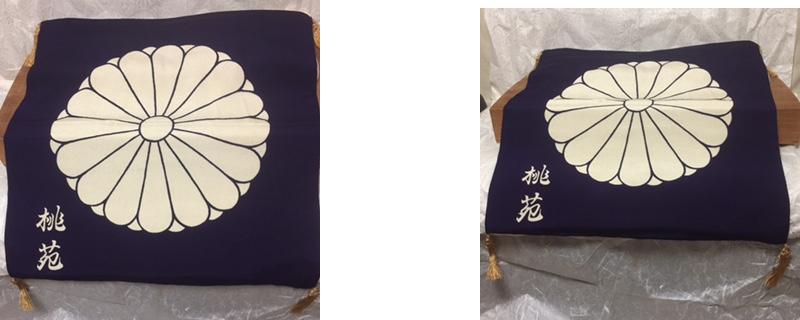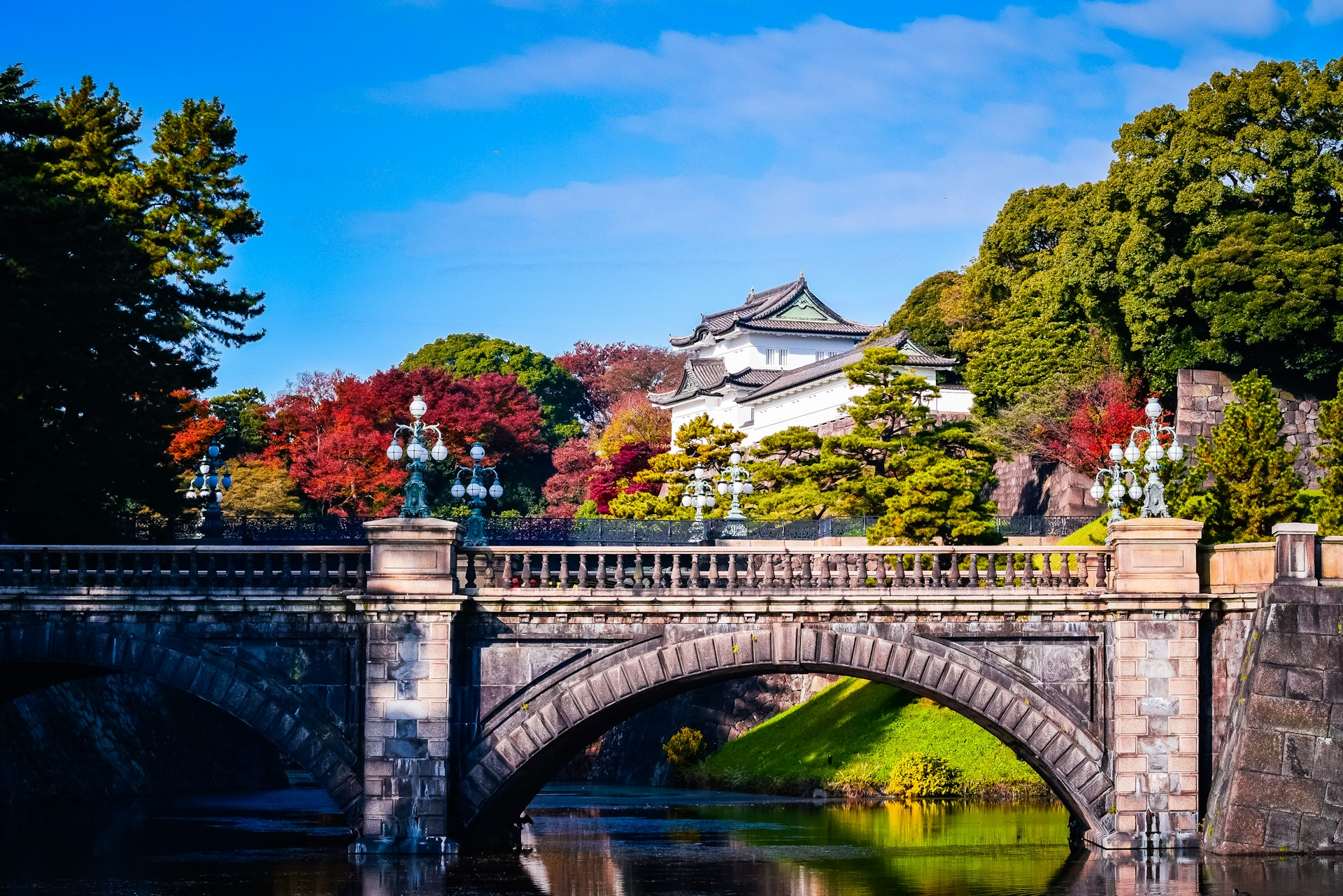The Imperial Household Ministry (宮内省) was one of the eight ministries (八省) established under the Ritsuryō system. It functioned under the Right Controller’s Bureau (右弁官局) of the Grand Council of State (太政官) and initially oversaw one office, four bureaus, and thirteen agencies. After structural reforms, it was reorganized to manage one office, five bureaus, and five agencies. The ministry was responsible for palace maintenance, meals, cleaning, medical care, and overall administrative affairs of the court, as well as managing the emperor’s personal property.
Inshi (院司) – The Officials of the Cloistered Government
The Inshi (院司, “Officials of the Cloistered Government”) were the direct administrative staff of the retired emperors (上皇) and female sovereigns (女院). They were stationed in the Inchō (院庁, “Cloistered Government Office”) and were often appointed from middle-ranking aristocrats, many of whom held concurrent official positions in the imperial bureaucracy (兼官).
With the beginning of Insei (院政, “Cloistered Rule”) in the late Heian period, the Inshi played a critical role in governance. They are first mentioned in 835 CE (Jōwa 2), under Emperor Saga’s retired government, when Abe Yasuhito (安倍安仁) served as the Inbetō (院別当, “Chief Administrator”). Initially, the Inchō operated as the household administration of retired emperors, handling general affairs and miscellaneous duties.
The key officials included:
Bettō (別当) – Chief Administrator
Hōgandai (判官代) – Deputy Administrator
Sakandai (主典代) – Chief Clerk
In 1086 CE (Ōtoku 3), when Emperor Shirakawa initiated his cloistered rule, the role of Inshi became highly significant. They issued official decrees (院庁下文), directives (院庁牒), and imperial commands (院宣) on behalf of the retired emperor, ensuring that his political will was implemented. As a result, Inshi were often selected from seasoned bureaucrats who had previously served as Kurōdo (蔵人, chamberlains), Benkan (弁官, administrators), and Zuryō (受領, provincial governors).
Unlike high-ranking aristocrats such as the Fujiwara regents (摂関家), these officials gained political influence through practical administrative expertise. Some Inshi and close retainers (院近臣) became trusted advisors to the cloistered emperors, securing political power and financial benefits such as the right to govern provinces (知行国).
A prime example of this phenomenon was Taira no Kiyomori (平清盛), whose rapid rise after the Hōgen Rebellion (保元の乱, 1156) was largely due to his position as an Inshi under Emperor Go-Shirakawa. Even after the peak of the cloistered rule system (from Emperor Shirakawa to Emperor Go-Toba), Inshi remained influential in politics until the early Muromachi period, when cloistered governance eventually declined.






